The Dos And Don'ts Of Installing A Baby Car Seat
As parents, we want nothing more than to keep our children safe and protected, especially when it comes to traveling in a car. One of the most important safety measures we can take is installing a baby car seat. However, with so many different types of car seats and installation methods, it can be overwhelming and even confusing. That's why it's essential to know the dos and don'ts of installing a baby car seat. In this article, we'll explore the most critical things to keep in mind when installing a car seat, along with some common mistakes to avoid. By following these guidelines, you can ensure that your child is as safe as possible while traveling in your car.
What Is A Baby Car Seat?
A baby car seat is a lifesaver for parents who want to travel with their little ones safe. It's a portable seat that can be attached to a regular automobile seat and securely holds the child in place. No more worrying about holding the baby during long car rides or sudden stops! These seats are specifically designed to keep the child safe in case of an accident or collision, making them an essential item for any parent on the go. Typically used through the first year of a baby's life, and sometimes up to age 2, baby car seats are a must-have for any parent on the go.
Types of Baby Car Seats
There are several types of baby car seats available in the market, each designed to cater to different age groups and the needs of children. Here are the four most common types of baby car seats:
Rear-facing Car Seats: These car seats are designed for infants and can hold children up to 35 pounds or until they reach the height limit of the seat. They are rear-facing and provide excellent head, neck, and spine protection for infants in the event of a crash.
Booster Seats: Booster seats are designed for children who have outgrown their car seats but are not yet tall enough to use a regular seat belt. They lift the child up so that the seat belt fits properly and provides maximum protection. There are backless booster seats and high-back booster seats with a backrest for added protection.
Convertible Car Seats: These seats can be used both rear-facing and forward-facing, making them a great option for parents who want a long-term investment. They can accommodate infants and toddlers up to 65 pounds and are often used from birth to around age 4.
All-in-one Car Seats: These seats combine the features of infant car seats, convertible car seats, and booster seats into one product. They can be used rear-facing and as a booster seat, accommodating children up to 120 pounds. All-in-one car seats are a great option for parents who want to make a one-time purchase for all of their car seat needs.
The Dos of Installing a Baby Car Seat
Here are the Dos of installing a baby car seat in detail:
| Dos | Explanation |
|---|---|
| Read The Instruction Manual Carefully | Every car seat comes with an instruction manual that provides information on how to install and use the seat correctly. Read the manual carefully and follow the instructions step by step. Don't assume that all car seats are installed and used in the same way. |
| Install The Car Seat In The Back Seat | The back seat is the safest position for a car seat. Install the car seat facing the rear of the car as it offers the most protection for infants and young children. If you need to install a forward-facing car seat, make sure it's installed in the back seat and not in the front seat. |
| Adjust The Straps Properly | As your child grows, adjust the harness straps to ensure a snug fit. The straps should be at or below your child's shoulders for rear-facing seats and at or above for forward-facing seats. Adjust the straps every time you use the car seat. |
| Tighten The Seat Belts | Secure the car seat to the car's seat using the seat belts, and make sure they are tight enough to prevent the seat from moving. If the seat moves more than an inch in any direction, it's not installed correctly. |
| Make Sure The Car Seat Is Secure | After installing the car seat, give it a firm shake to ensure that it's securely installed and doesn't move more than an inch in any direction. If the seat moves, recheck the installation. |
| Use The Harness Correctly | The harness straps should be snug against your child's shoulders and chest, with no slack. The chest clip should be positioned at armpit level. Ensure the harness straps aren't twisted. |
By following these Dos, you can install a baby car seat correctly and ensure that your child is safe while traveling in a car.
The Don'ts of Installing a Baby Car Seat
When it comes to installing a baby car seat, there are several things that parents should avoid doing. These "Don'ts" are just as important as the "Dos" and can make all the difference in ensuring your child's safety while riding in the car. Here are some of the things you should avoid doing:
| Don'ts | Explanation |
|---|---|
| DON'T Install A Car Seat In The Front Seat If Possible | The back seat is the safest place for a car seat because it is away from airbags. If you must install a car seat in the front, make sure to turn off the airbag on the passenger side. |
| DON'T Use A Car Seat That Is Too Old Or Expired | Car seats have an expiration date, typically 6-10 years from the date of manufacture. An expired car seat may not provide adequate protection in a crash. |
| DON'T Use A Car Seat That Has Been In A Crash | A car seat that has been in a crash may have hidden damage that could make it unsafe to use. Even if there is no visible damage, it's better to err on the side of caution and get a new car seat. |
| DON'T Put Bulky Clothing On Your Child | Bulky clothing, such as a winter coat, can compress in a crash and create extra space between your child and the harness, which can increase the risk of injury. Instead, dress your child in thin layers and use a blanket over the harness if necessary. |
| DON'T Use Aftermarket Products With Your Car Seat | Aftermarket products, such as seat covers or strap pads, have not been tested with your specific car seat and can interfere with the safety features. Stick with the accessories that come with your car seat. |

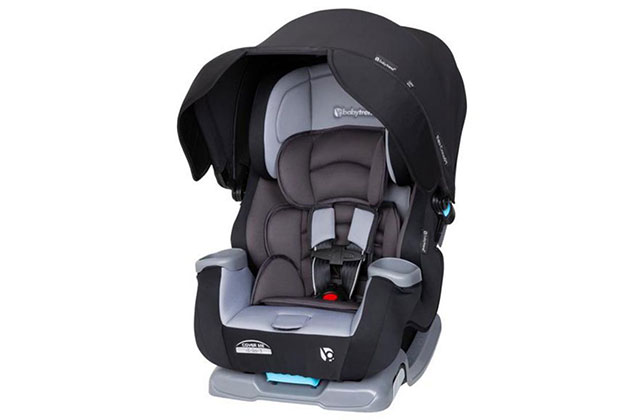
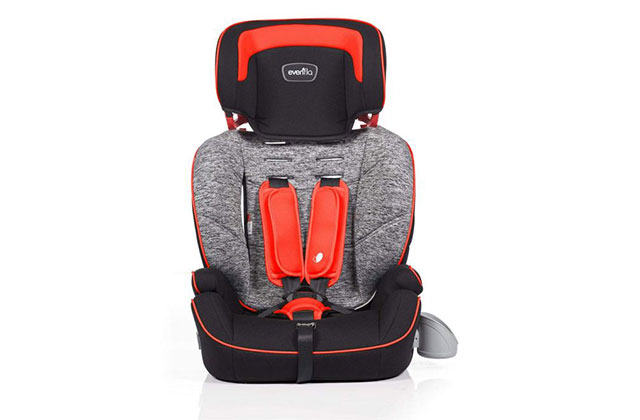
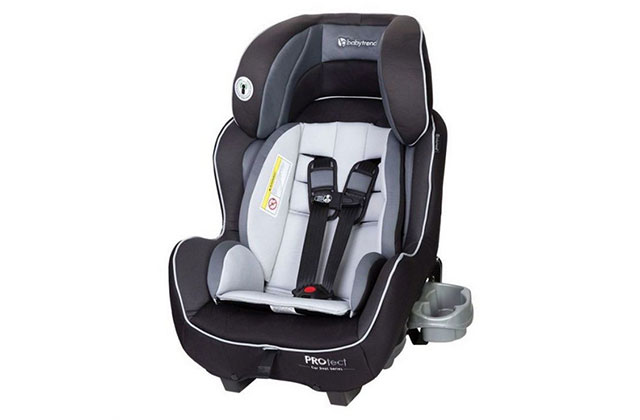

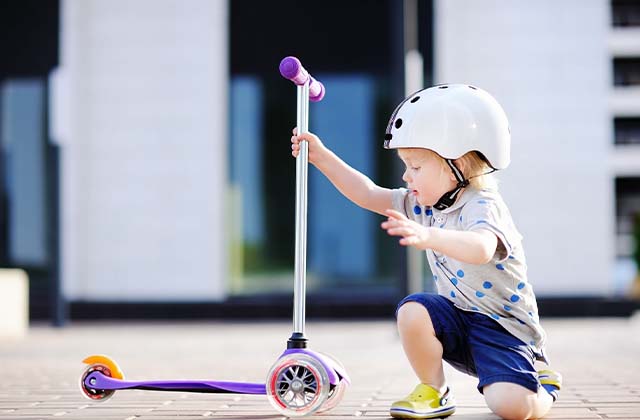
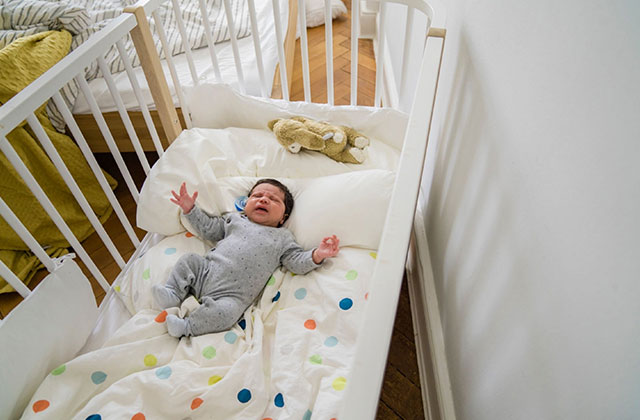

Comments
Post a Comment